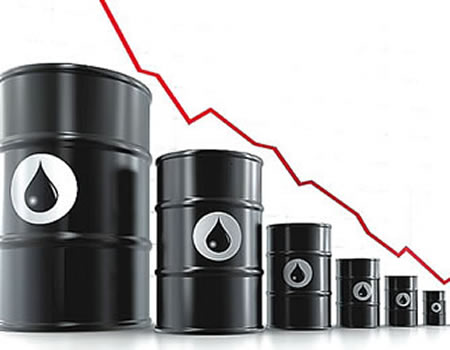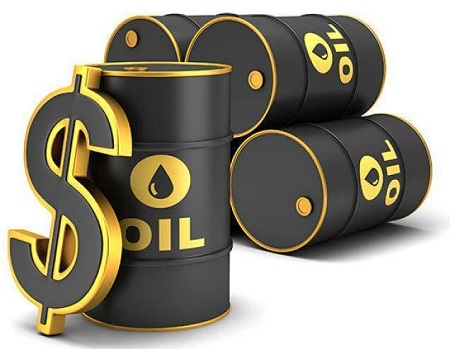Acting President Prof Yemi Osinbajo on June 12, signed the N7.44 trillion budget into law with a projection that the country would produce 2.2 million barrels every day and sell a barrel for at least $44.5.
Crude prices which went up above $50, nosedived this week to $43.90 per barrel in the international market on Tuesday, compared with $44.46 the previous day, according to Organisation of Petroleum Exporting Countries (OPEC) secretariat calculations.
However, it edged up from multi-month lows on Thursday, but remained under pressure from a supply glut that has persisted despite OPEC-led efforts to balance the market.
Also, production has remained much below the 2.2 million barrels per day as official OPEC figures show that the country achieved 1640 barrels per day in May.
Brent crude futures were up 60 cents at $45.42 a barrel at 1407 GMT, after falling as low as $44.53. They fell 2.6 per cent in the previous session to $44.35, their lowest since November.
US crude futures were up 40 cents at $42.93 a barrel, after also slipping. On Wednesday, they touched $42.05, their lowest intraday level since August 2016.
“Prices were pushed a bit too low,” Hans van Cleef, senior energy economist with ABN AMRO, said. “The people who believe in higher prices are stepping in.”
Since peaking in late February, crude has dropped around 20 per cent, erasing gains at the end of 2016, the year in the wake of the initial OPEC-led production cut.
OPEC and other producers agreed to reduce output by 1.8 million barrels per day (bpd) from January for six months, and last month extended the deal for a further nine months.
But oversupply has persisted, particularly with output rising in Libya and
Nigeria, which were exempt from the cuts due to unrest that had limited their output.
The decline has tested OPEC’s pledge to do “whatever it takes” to support oil prices.
Goldman Sachs reported Monday that since its low point on May 27, 2016, the number of US drilling rigs has soared by 431, or 136 per cent. If the rig count simply held steady at this level, Goldman Sachs said that production across the major shale plays would rise by 770,000 barrels a day from the fourth quarter of last year and the fourth quarter of this year.
“We definitely have seen US production take a lot of players by surprise,” Delaney said. “People are really watching to see whether US production is going to grow, taper off or skyrocket.”
A rise in US output offsets part of the cuts Saudi Arabia has organised. The kingdom has kept its own output just under 10 million barrels a day, well below capacity, and it has convinced Russia to cut output by nearly 300,000 barrels a day.
But Nigeria has repaired a key export facility in the Niger Delta where insurgents have often disrupted operations. And Libya has increased its oil exports. Neither country has an OPEC quota while they recover from fighting.
Moreover, Iraq is cheating on its quotas and Russia, while reporting lower production, is actually exporting more oil than ever, according to Robert McNally, president of the Rapidan Group, a consulting firm.
In addition, he said in an email, “the so-called ‘cuts’ implemented in January were off of record-high levels producers reached in October last year.”
Overall, output is still increasing in the United States, where some shale producers can produce profitably even if oil prices drop below $40 a barrel.







